Warning: Don't read on an empty stomach.
DAY 3
Provoking our noses at Uncle Subin's
The day starts off with a strong, distinct smell in uncle Subin Piemkaw's award-winning pla ra (fermented fish) learning base. Massive clay jars are arranged neatly in rows, its color practically identical to the concoction it contains. In 2016, his 30-year-old recipe won first prize during the fermented fish contest in Sapphaya.

Uncle Subin's pla ra utilizes fish from the Chao Phraya river, rice flour (roasted rice grain pounded until it becomes powdery), and salt. The process is simple but difficult at the same time. You basically mix the ingredients together but it's heavier than I thought it would be.
The mixture is left to ferment for four months up to a year; the longer the fermentation period, the better the flavor.
After mixing, the fish now ready to be fermented is transferred in containers to be sold off. 20 kilos is worth a 1,200 baht.


After letting us experience the hard work of mixing together ingredients for a sought-out pla ra firsthand, we move on to the other side of uncle Subin's learning base. His wife demonstrates how to cook a local dish using fresh fish (the same one used for their pla ra, the pla ra itself, chili, shallots, lime juice, palm sugar, and homemade tamarind sauce.


The fresh fish, coated with the pla ra and flour, is deep fried for guaranteed crispiness. It is seasoned with the shallots and chili, topped off with the tamarind sauce (caramelized with palm sugar), and a bit of lime juice.
The taste of the tamarind sauce ultimately stands out, but hey, to each their own.
History refurnished
When we first arrived in Sapphaya we only took a picture with the elder locals outside the old police station. This time, we finally got to go inside. The simple white structure was once a police station dating back to King Rama V's reign (about 150 years ago). Today it has been turned into a museum.

On the center hangs a tapestry of King Rama V himself. The walls are covered in both grayscale and colored photos, displaying the district's evolution through the years. On a corner stands a glass shelf housing old documents from the former police station. Looking at the words written by long gone residents of Sapphaya, it suddenly struck me how truly beautiful Thai script is. I can't help but feel a bit jealous. The Philippines, my home country, also has its own scripts, the most known one being the baybayin. However, aside from a brief tackling of it in Filipino class, we don't really use it anymore. I wonder, if we were never colonized by Western powers for hundreds of years like how Thailand managed to do so, will we still be using our ancient regional scripts instead of using the Roman one for our alphabet?

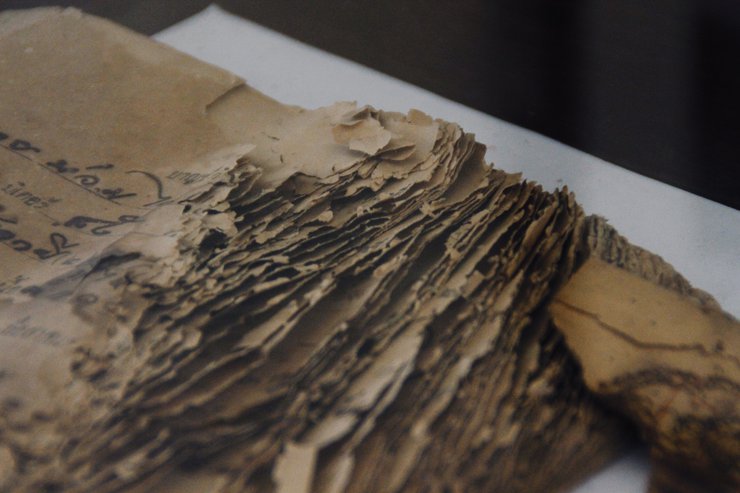
I decide to not think about it for too long as we head outside the old police station where a pop up crafts station lies in wait. We were introduced to more water hyacinth products (which I know my mom will fawn over because she's a sucker for these things), flowers made from pandan leaves, and a provincial Buddhist ornament. The jellyfish-like craft made from colored wax paper is identical to the tail of the Philippines' parol (a star-shaped Christmas lantern). Here they use it for temple ceremonies. It can also be found hanging outside their homes. Apparently, when the district has an event of some sort, the locals gather among themselves to make it together.

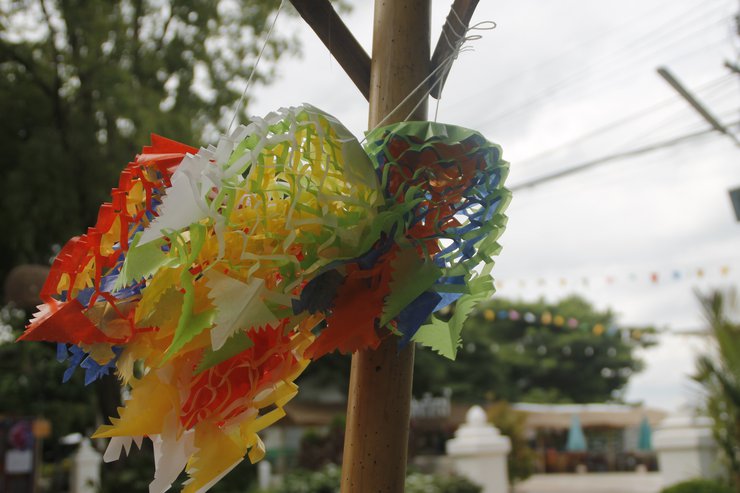
My mouth is a black hole
I get fed again. A lot.
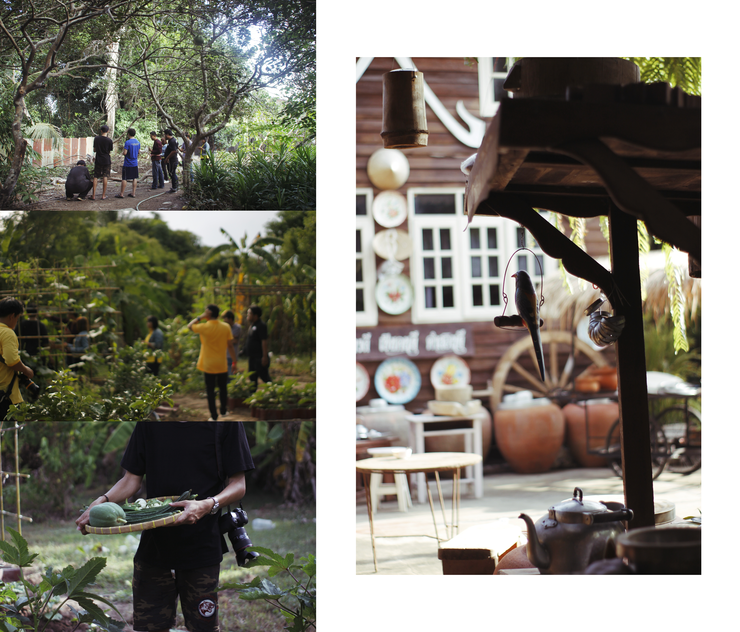
I get my hands dirty and stuff my mouth at the Ban Nom Kan Homestay, a self-sufficient paradise. Their garden has all kinds of vegetables and they let their chickens feed themselves with what's already in the farm instead of giving them commercial feeds. The place itself is very beautiful with a touch of the whimsical, reminiscent of a Miyazaki film. Ferns from the trees reach down to you; scattered all over the homestay are the the most random knickknacks that somehow manages to look dainty instead of messy; hidden beyond a row of trees is a pond housing a full grown school of koi. But, unsurprisingly, my favorite part is the food. I'm so used to eating alone in university, I've forgotten how fun cooking with others can be. There were so many of us, it was like one big party. At one point I volunteered to shred the coconut, and they laughed at me because I sat on the manual shredder like it was a motorcycle while one of the ladies running the homestay sat on it with both her legs on one side. But no matter, the ends justify the means (but this doesn't apply in the context of human rights violations, okay?).
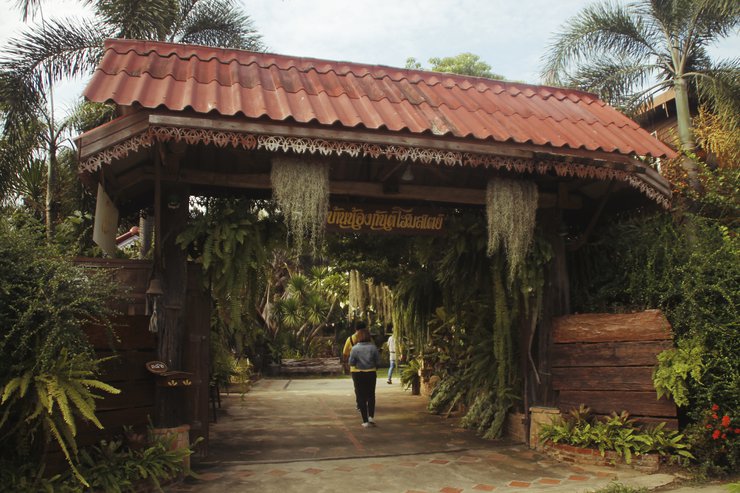
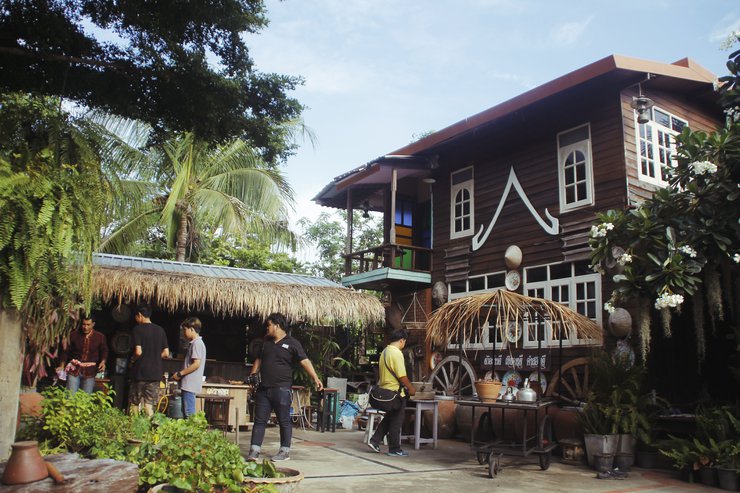

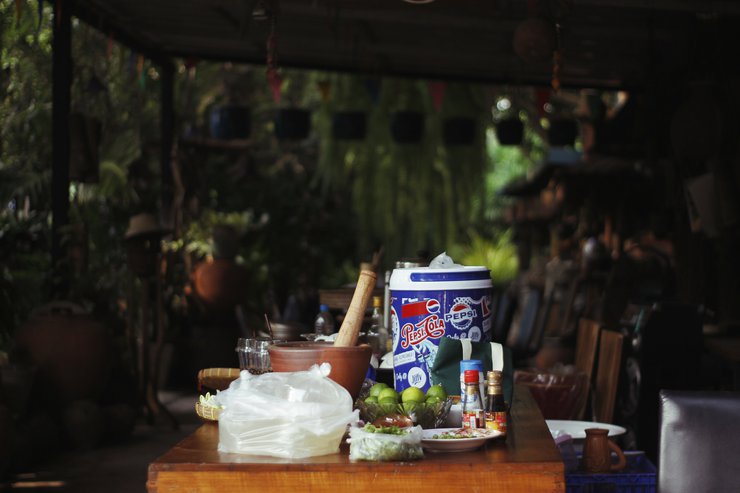
The desserts were really something else though. Using coconut as the main ingredient, they are sweet and full of calories, but I don't feel bad for eating so much of them. Sometimes it is nice to indulge yourself, especially when other people are doing it along with you.
Bua loi is characterized by its chewy colorful balls swimming in warm coconut milk along with diced vegetables and/or root crops, coconut fruit, and a whole piece of egg. The balls are made by mixing together the flour, salt, and natural flavors with water until it turns into dough. For Filipino readers, the taste of bua loi is slightly similar to our binignit but with a lighter consistency.
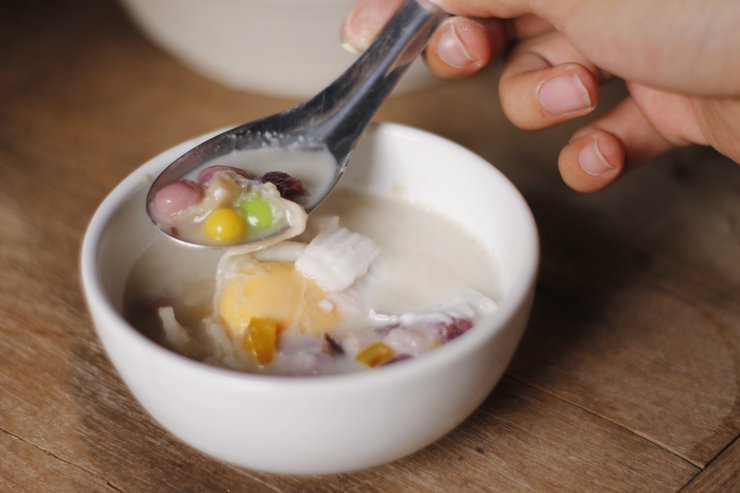

Another dessert is kanom krok, a fried pudding. It is fried on a pan with circular molds. The dessert has two components: the shell and the filling. You basically mix together the ingredients for both of them. For the shell: ground rice which is soaked in water for a day prior to grounding, rice flour, water, coconut milk, shredded coconut, palm sugar, salt. For the filling: coconut milk, sugar, rice flour, salt. This is topped with thinly sliced spring onions.
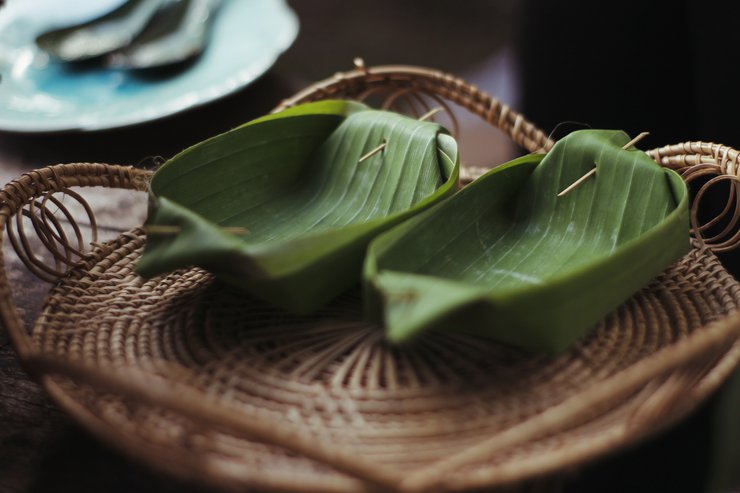
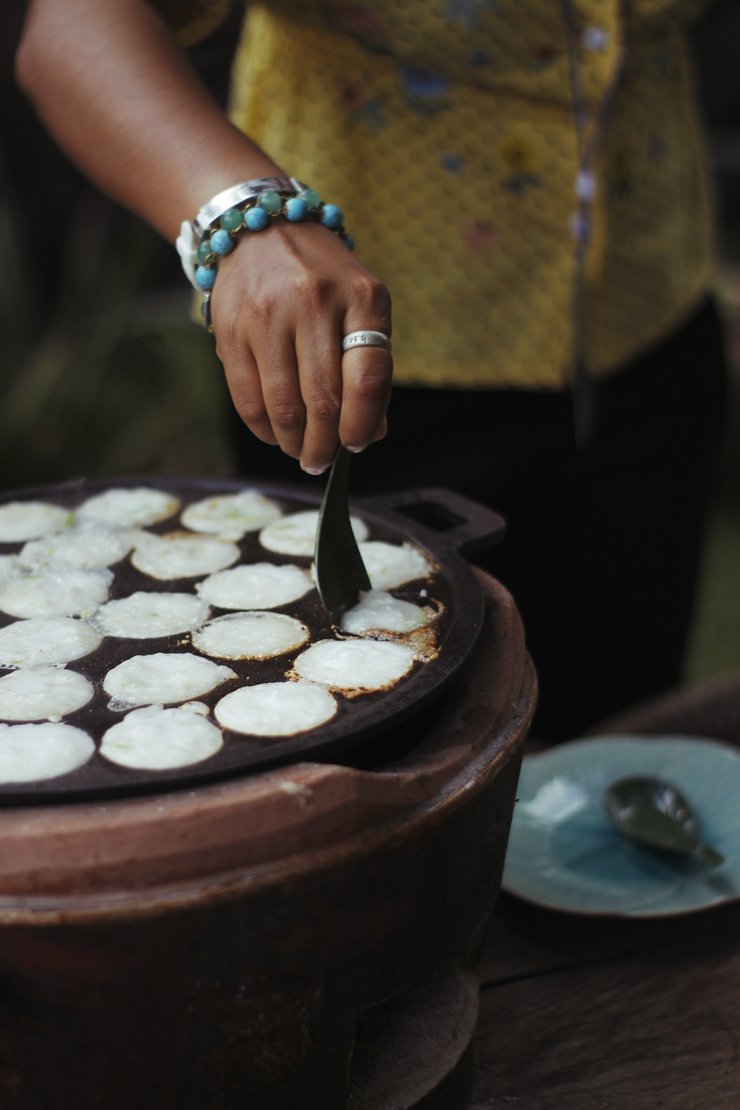
I feel kind of bittersweet thinking about how I'm leaving in a few days. Who knows when I'll be able to come here again? And when I do, will all of the people I've met along the way still be here? But perhaps I should focus more on the sweet side. Though brief, my time here with them is a good one that I will be able to look back on with great fondness. Whether or not we meet again, we have this moment to keep in our archive of memories and be able to retrieve anytime when we feel like it.

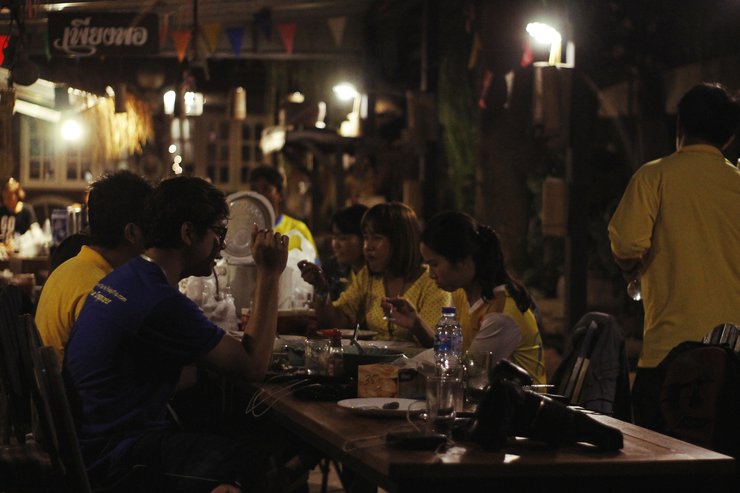
DAY 4
Dam, gurl.
Much of people's lives here revolves around the Chao Phraya river, home to a number of fish species and, I discover today, a dam.
Chao Phraya Land, a colorful market square, sells the snake fish from the river, famous here for being dried out in the sun and being deep fried afterwards. Historically, this delicacy was developed to preserve the fish, since not all of the fresh ones will always be sold on time and there were no refrigerators back then.

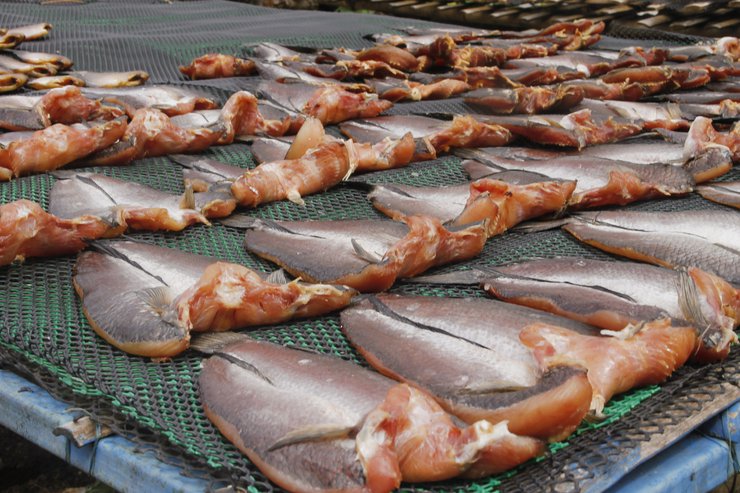

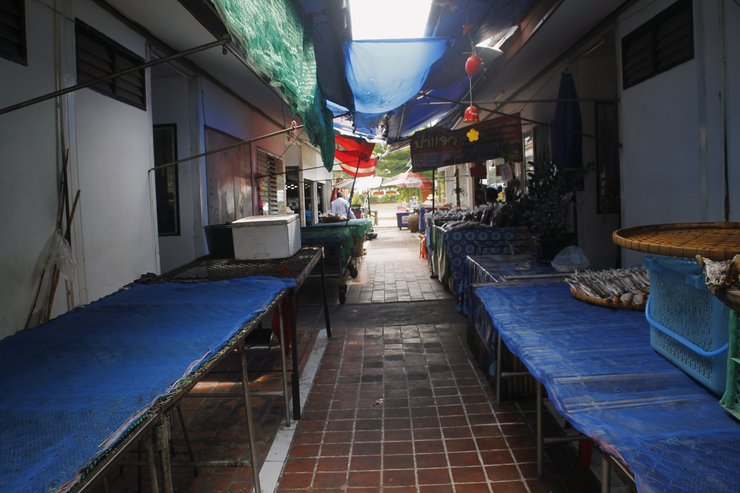
Meanwhile, the dam, completed on 1957 regulates the flow of the river from the North. Sometimes, the gate is opened as a passageway to boats entering with goods to deliver. It also serves as a sanctuary for birds and fishes. Every November of the year, fishing is not allowed on the waters near the dam to protect the fish eggs that are yet to hatch.
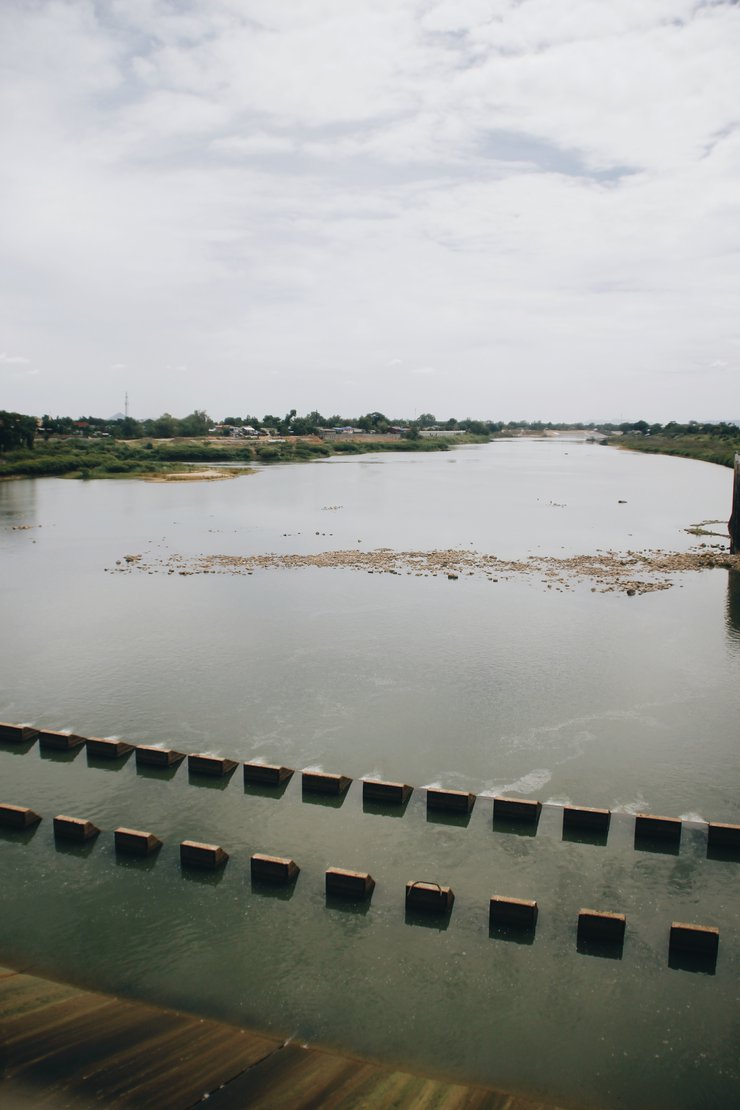
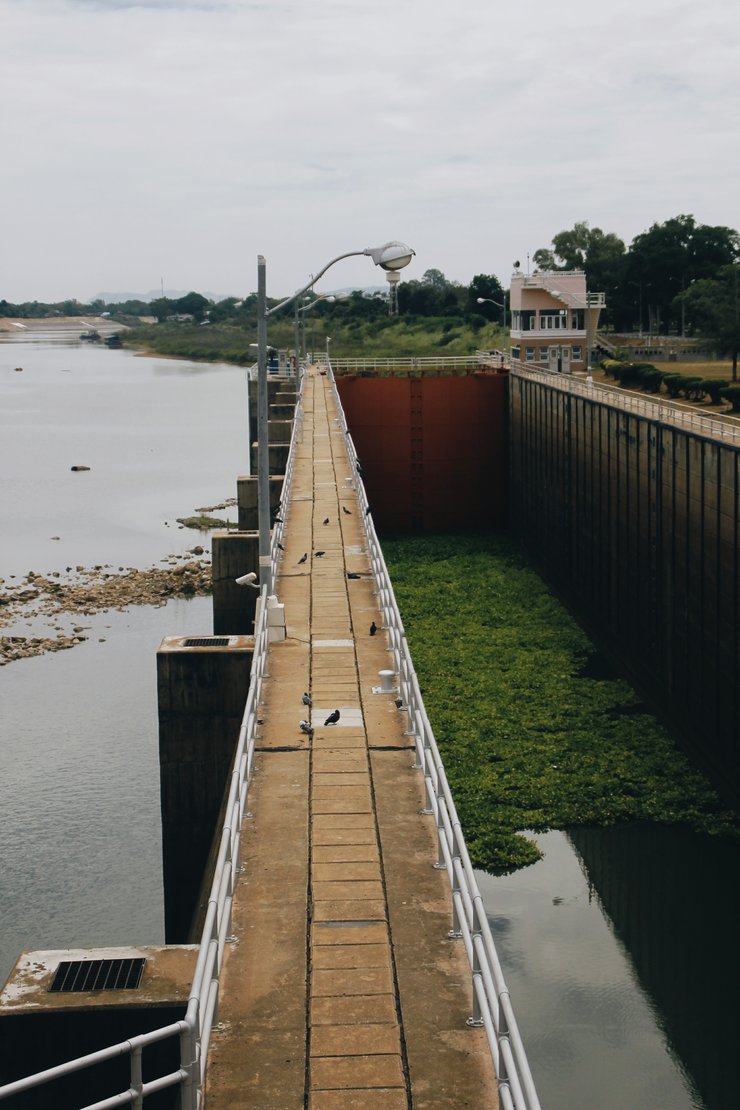
Temple hopping
At this point I think if you go to Thailand and not visit at least one temple, then it's as if you never really went to Thailand at all.
We visited the Wat Thammamoon, where some kings went to to meditate in the past, and the Pak Khlong Makham, named so because the head monk is a very old man. Both temples' land area is large and handles the influx of temple-goers with ease. Just like any other temple, an offering of candles, incense, flowers, and gold leaves to stick onto the Buddha figures can be bought upon entering. The first step is lighting a candle, followed by the incense. These are placed on designated holders right outside the temple. Upon entering, you will see the Buddha figures standing serenely in the center. You say a prayer and perform three bows before finally offering your flower and sticking the gold leaves on the Buddha figures. (A gold leaf is a thin, square foil-like material which easily adheres to the surface it makes contact with.)
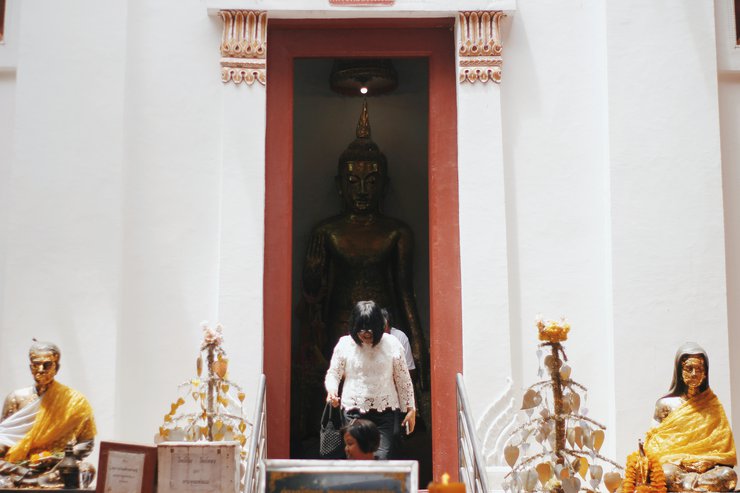
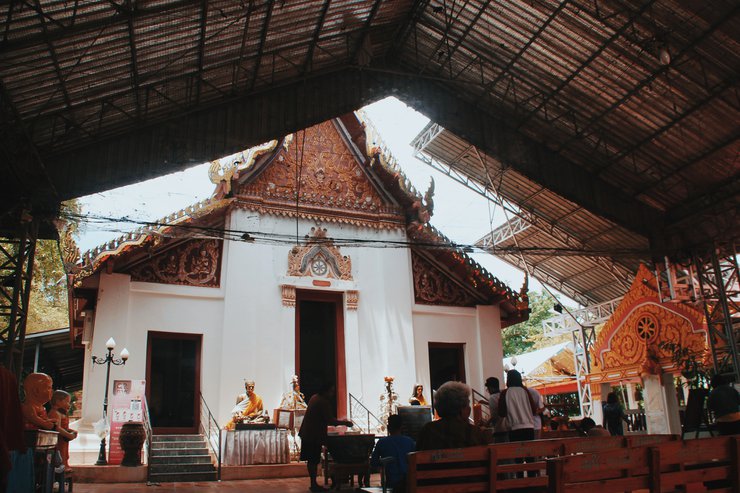
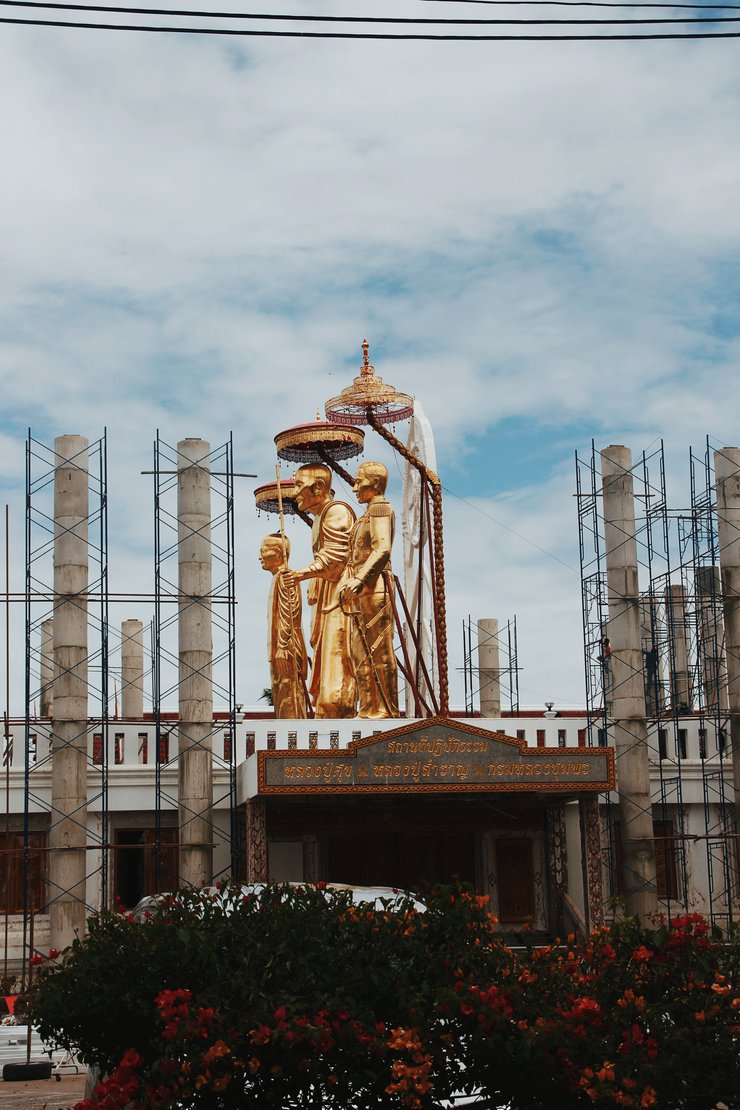
One of our local guides, miss Kanphasut Kanchanavichtr, taught me how to say a prayer in Thai by letting me repeat after her. I've already forgotten how it goes and I don't even know what it means, but I think having the patience to teach a foreigner one of your prayers is a beautiful thing. I may not believe in their god, or any other god for that matter, but I feel grateful for having been shared this intimate part of their culture.
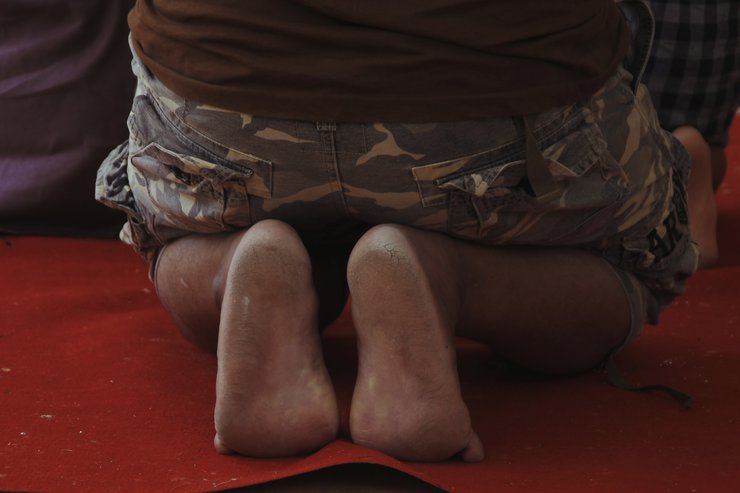
We paid respects to an elder monk, where he gave us a blessing equivalent to that of using Holy Water in Christianity. Three dots of a sticky white substance that feels cool on your skin is drawn on one's forehead.
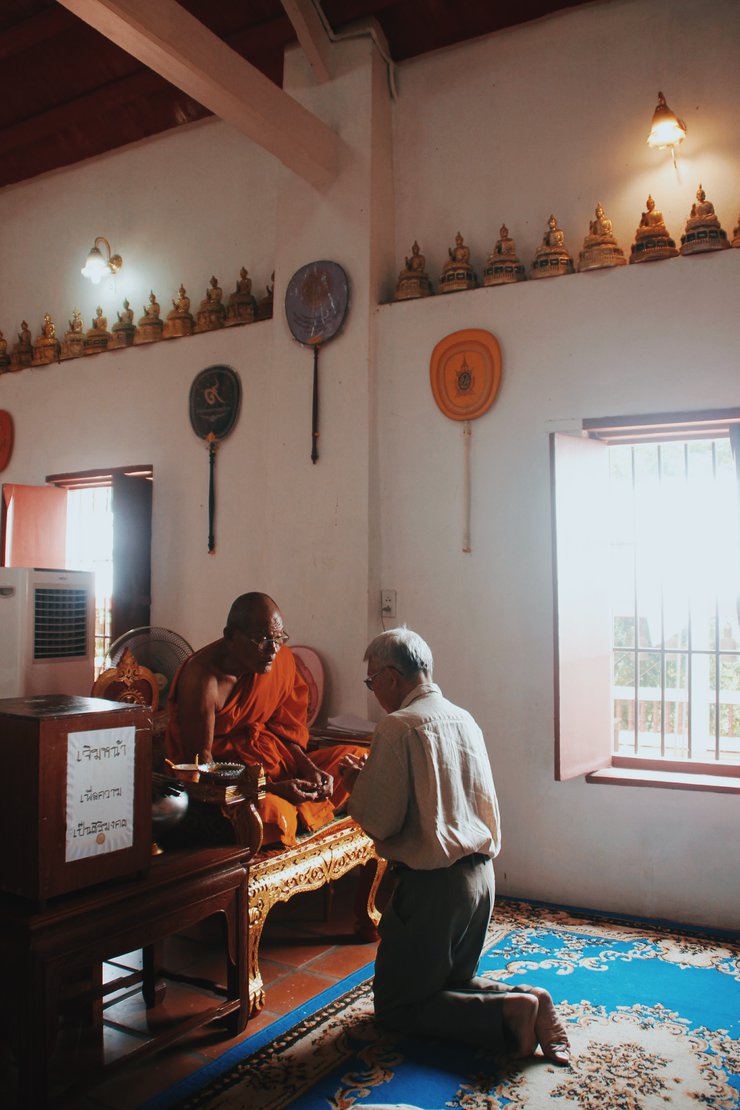
I grew up Roman Catholic, and at some point in the past we had family friends who introduced us to Taoism as a philosophy, and when I went to college a number of my close friends are Muslim, and now I got to see Buddhism at a closer vantage point. After a while you realize that ultimately, no matter what religion, people are more less seeking for the same thing, and you become confused why some of them end up fighting with each other. I hope that others, like the locals in Chai Nat, welcome people into their lives with open hearts despite their religion or lack thereof.


The night is NOT dark and full of terrors
Before heading back to our homestay we stop by Friend Cafe, an ideal spot if you want to enjoy good food and a good view.

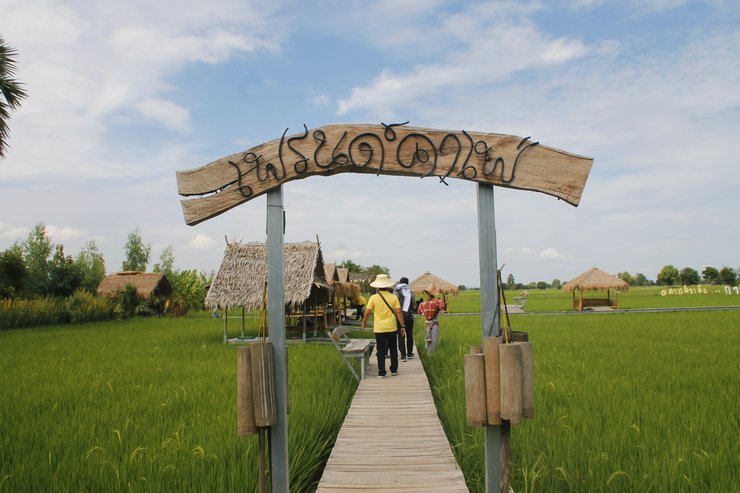
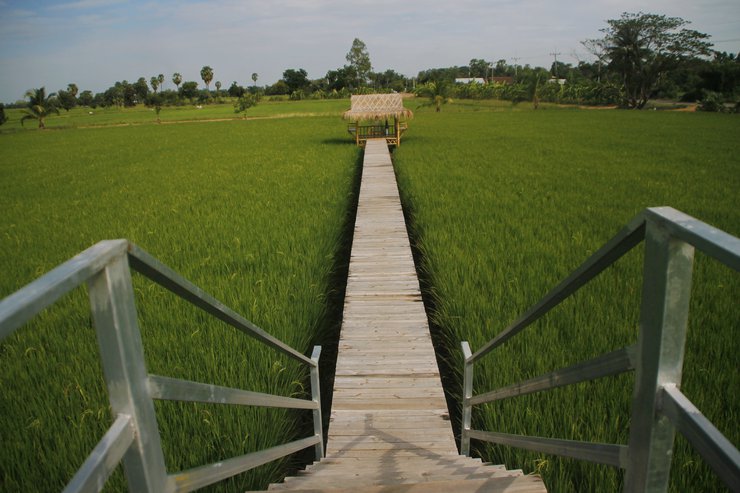
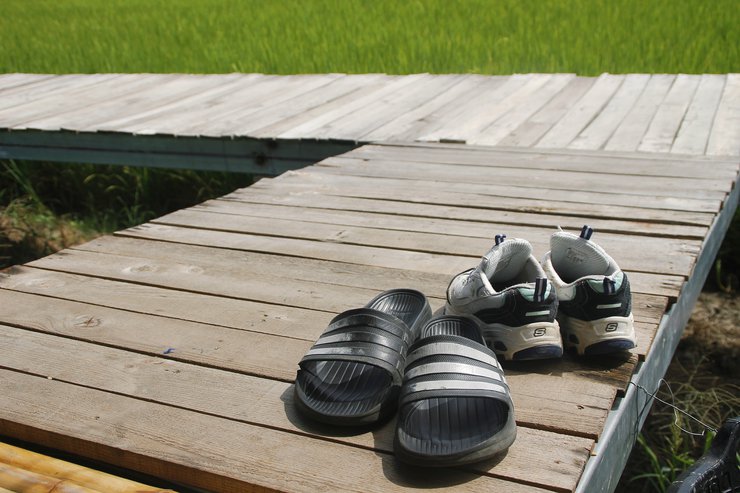
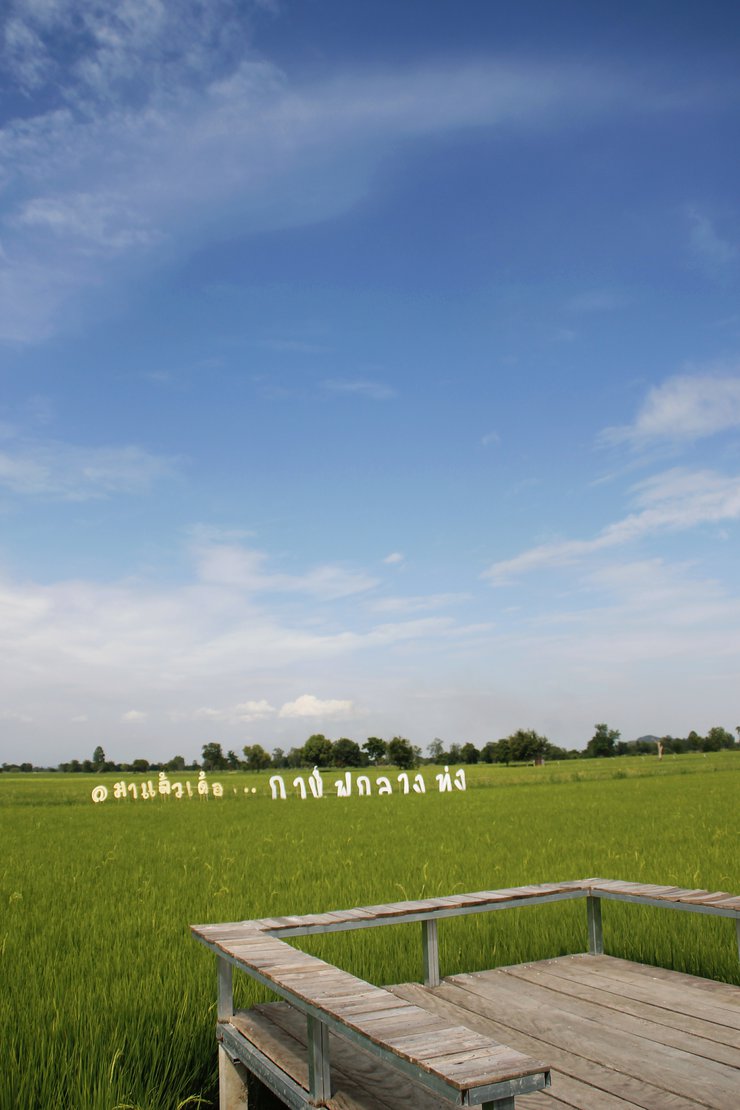

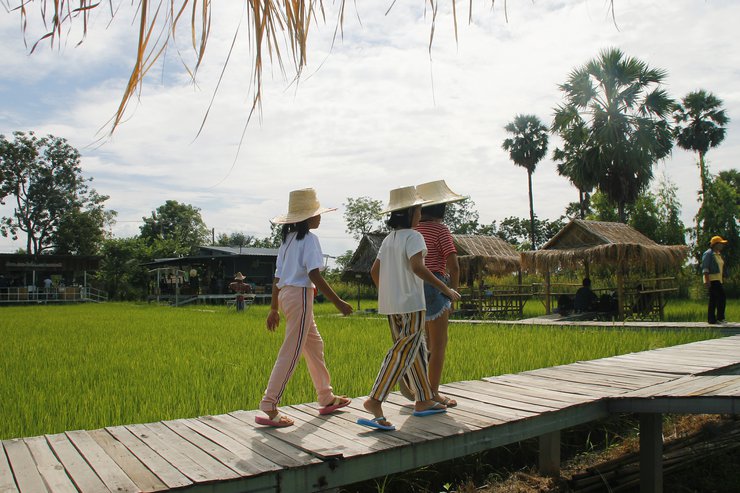
Outside the old police station lies a square and an old street where our homestay is located. From Mondays to Fridays it is just an ordinary path walked on by the residents of the district. But when the weekend arrives, it lights up and it looks likes a brigade of fireflies has decided to pay the place a visit. When this day comes, the road is closed to four-wheeled vehicles to make room for visitors and pop up stalls selling local cuisine (i.e. MORE SNACKS!!!).
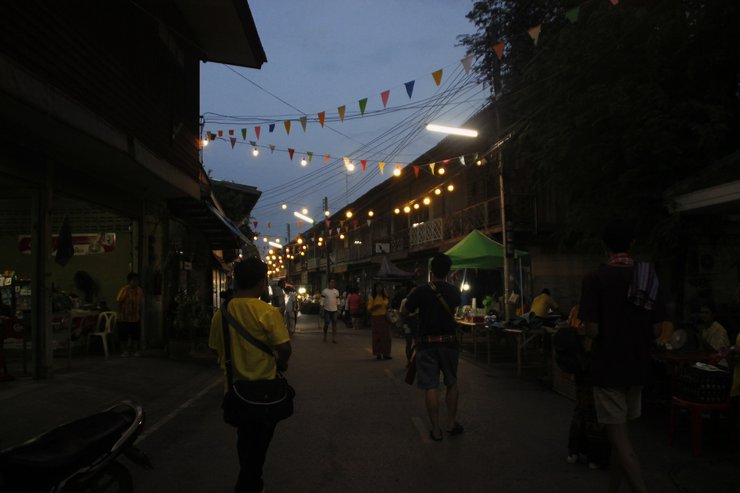

It has become one of my favorite parts of the trip. Changing into traditional Thai clothes, watching the locals dance and sing, strolling the night market and trying a little bit of everything from the food on the stalls with people you've come to be fond of over the short time you've known each other is one of the best ways to end the night.
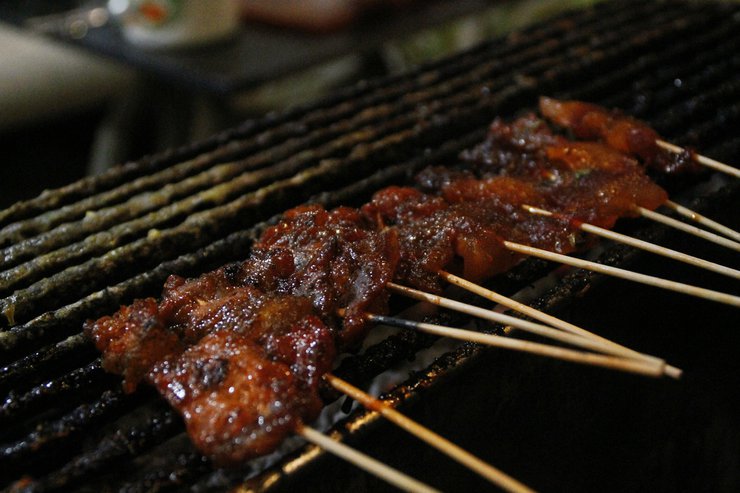

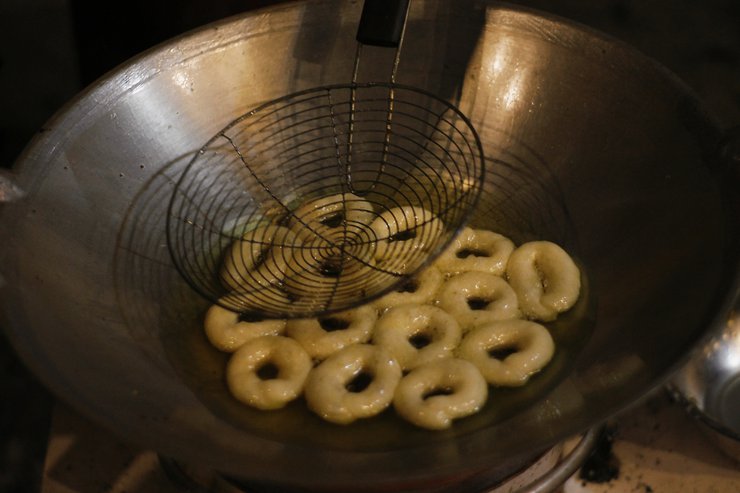

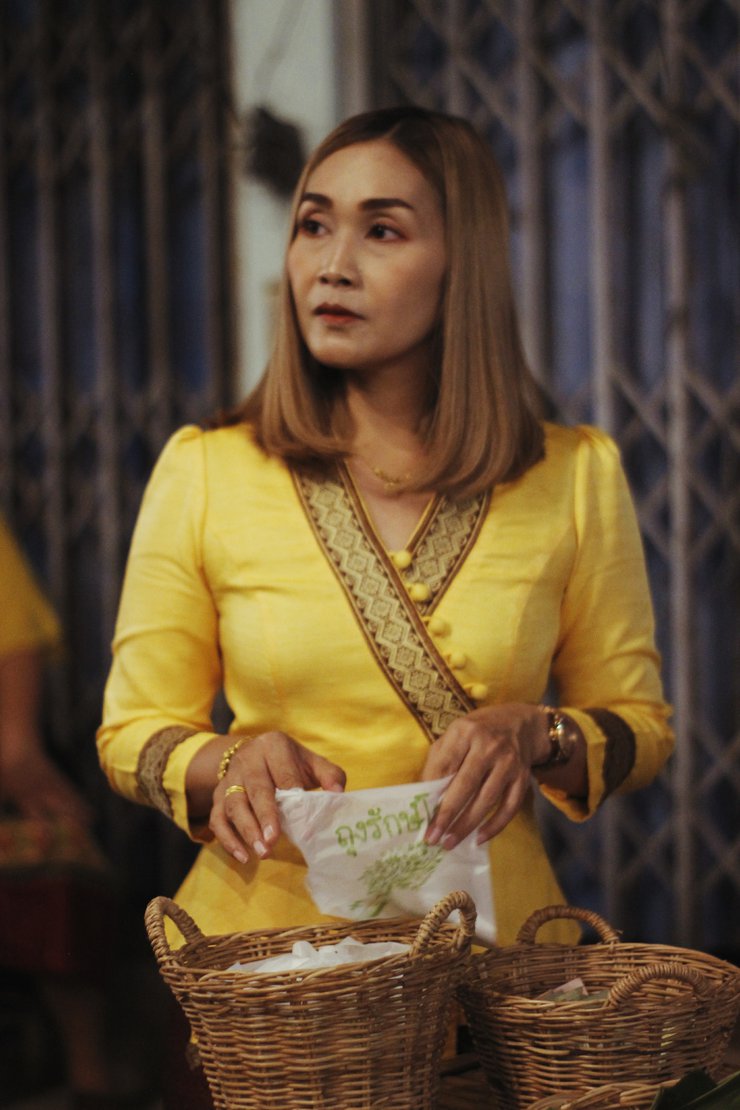


Alexandria Mordeno
Sunday, July 28, 2019 11:02 PM

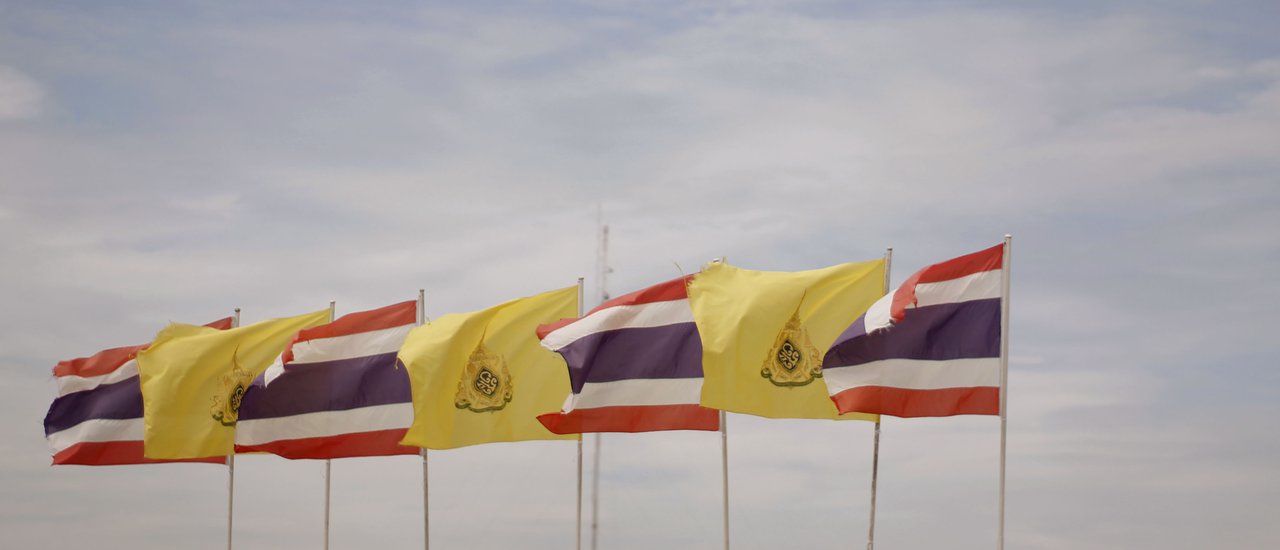


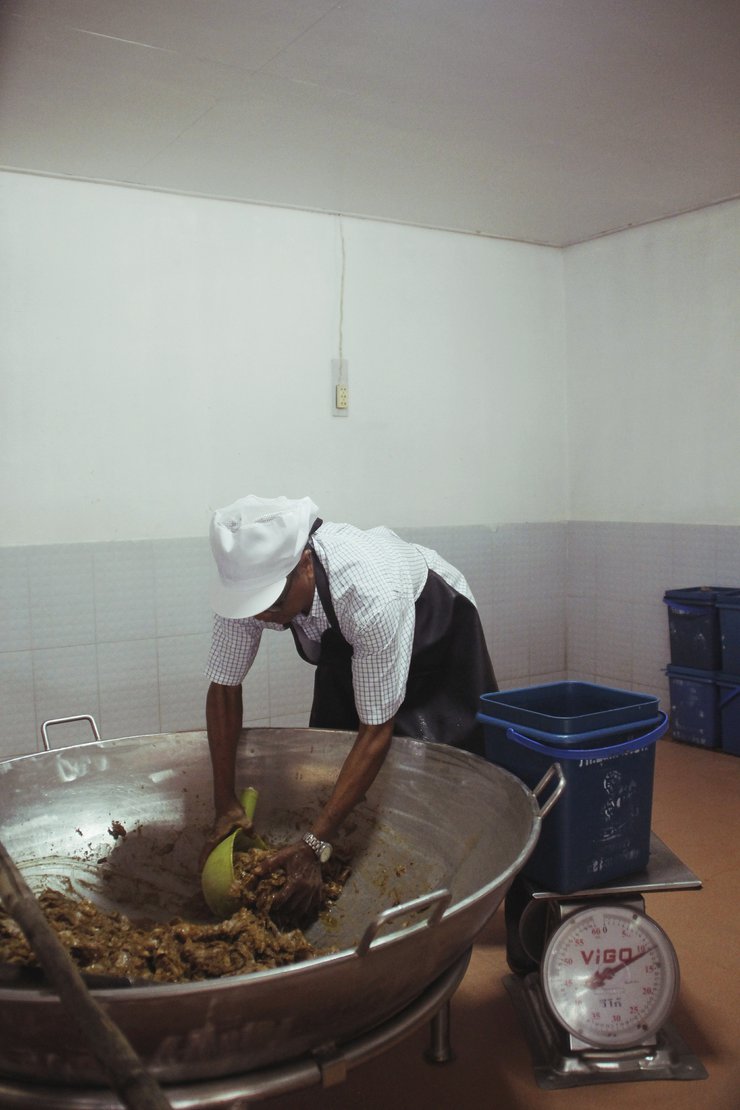
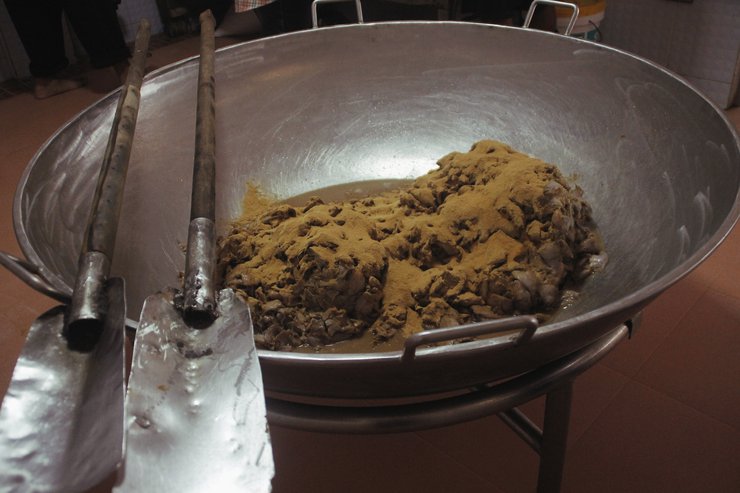
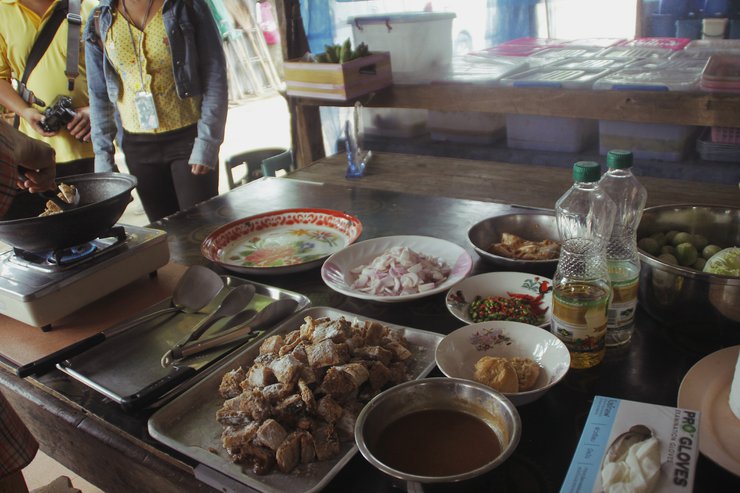
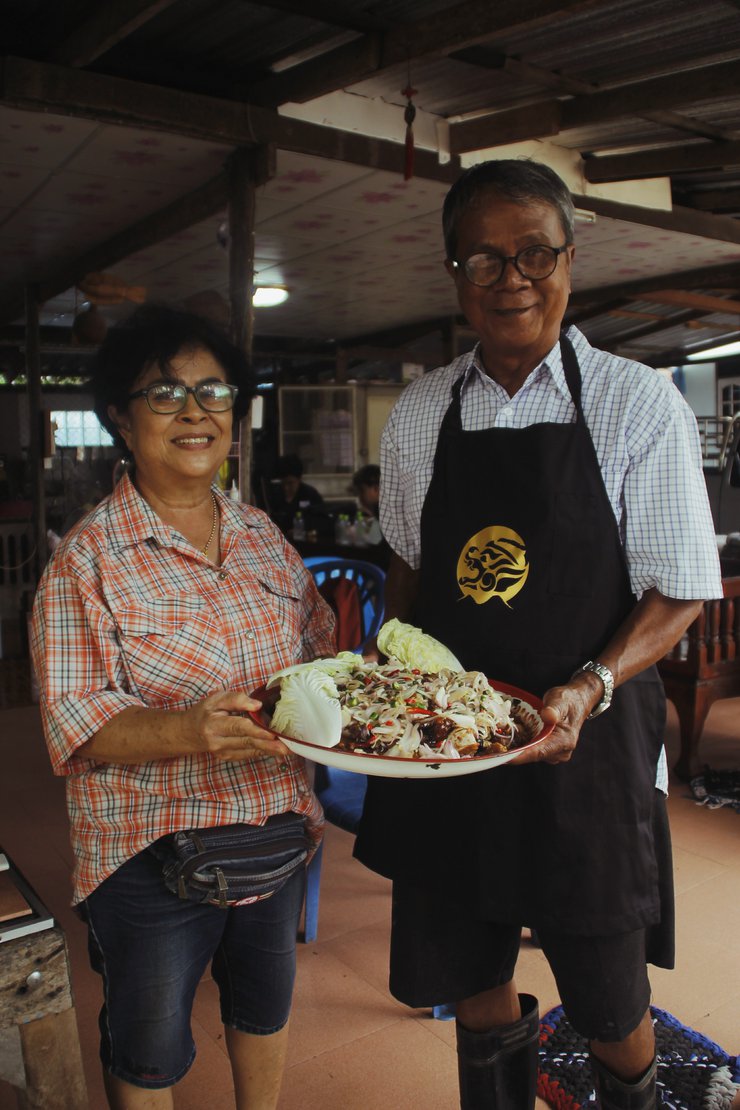


![Cover [FULL BLOG] The Village Story: Sappaya, Chai Nat...](https://asset.readme.me/files/26319/thumb.cover.jpg?v=d09fa956)




